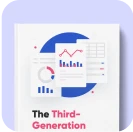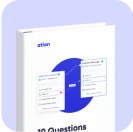The Forrester Wave™: Enterprise Data Catalogs for DataOps, Q2 2022



14 May'24 | 1:00 PM — 4:00 PM ET Join visionary data leaders, thinkers, and builders from the world of AI and shape the next era of modern data and AI Governance.
Watch recordingStart integrating with Atlan on the go







